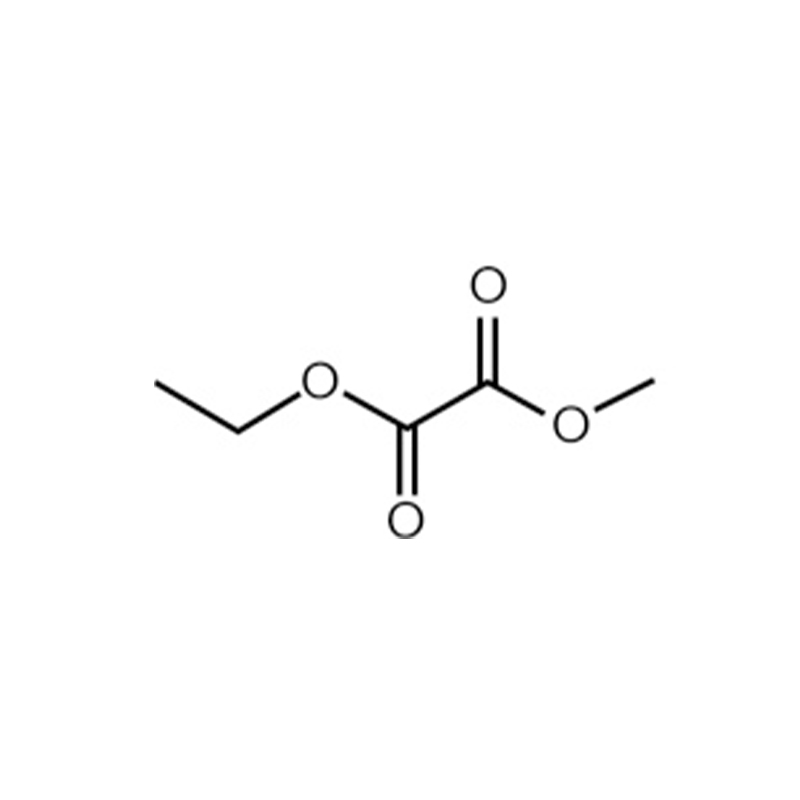Tel:+86-7103723830
Email:biz.hb@jhchemical.com
FAX:
FACTORY:No. 32, Tianshun Avenue, Xiangcheng Economic Development Zone, Xiangyang City, Hubei Province,China
Production Manager:Laura Lau
Tel:+86 19571296744
Sales Manager:Tiffany Yang
Tel:+86-13871702573

Product Details
95-92-1 | Diethyl oxalate |
Jinghong Code: | JH017 |
Synonyms: | Ethanedioc acid diethyl ester |
CAS No.: | 95-92-1 |
EINECS No.: | 202-464-1 |
Molecular formula: | C6H10O4 |
Appearance: | oily colorless transparent liquid |
Packing: | 208L HDPE drum |
UN number: 3271 | PG: N/A Hazard class: N/A |
HS code: | 2917119000 |
Diethyl oxalate is an important organic intermediate, which is widely used in the field of organic synthesis. Its chemical formula is C6H10O4 and its molecular weight is 146.14 g/mol.
Diethyl oxalate has many excellent properties, making it a favored intermediate in organic synthesis. First, it is a stable compound with high thermal and chemical stability, which allows it to maintain its structural integrity under various reaction conditions and is not easy to decompose or produce undesirable by-products. Second, diethyl oxalate is easy to synthesize and can be prepared from common chemicals through simple reaction steps with low cost and high yield.
In organic synthesis, diethyl oxalate is widely used in important transformation processes such as esterification reaction, condensation reaction, and addition reaction. For example, it can be used as an acylating agent to react with alcohol or phenol to form an ester, and it is an important intermediate in the synthesis of ester compounds. In addition, diethyl oxalate can also participate in the transesterification reaction and react with other esters to form more complex ester products. In condensation reactions, diethyl oxalate is also commonly used in the synthesis of multifunctional compounds such as carboxylic acids and carboxylic anhydrides. Its symmetrical structure makes it have certain potential in asymmetric synthesis, and chiral separation products can be realized through chiral catalysts.
In addition to being a reaction intermediate, diethyl oxalate can also be used as an organic solvent, which acts as a solvent and a medium in some reactions, providing a suitable environment under reaction conditions.
In general, diethyl oxalate plays an important role as an organic intermediate in the field of organic synthesis. Its stability, availability and diverse reaction applications enable chemists to design and synthesize various organic compounds more efficiently and flexibly, making important contributions to the fields of modern organic chemistry and drug development. However, when using diethyl oxalate or other organic compounds, safety procedures must be followed and carried out under laboratory conditions. Only in this way can the safety and success of chemical experiments be ensured.
product packaging
